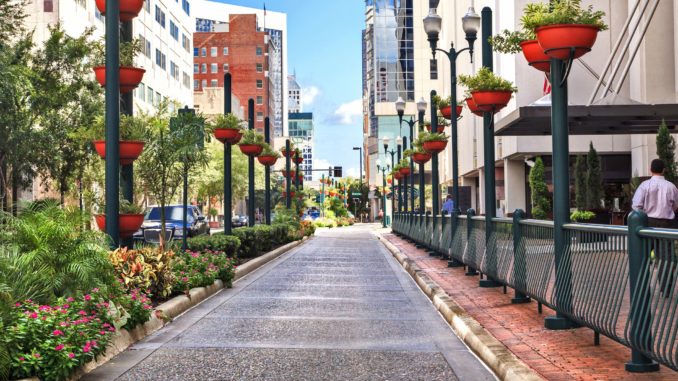
The situation is getting worse every day as the number of private vehicles grows exponentially. As a number of cities around the world have realized, this has undermined quality of life and the character of public spaces. There is an urgent need to look at streets as places where people walk, talk, cycle, shop, and perform the multitude of social functions that are critical to the health of cities. Indian cities are naturally meant for walking and cycling, not for riding Bullets, BMWs, Mercedes, Ferraris. Don’t blame Government for not amending ways, rather we should thank about this. You must be thinking “Why?? “. These lifestyle changes have had a wide range of consequences, perhaps most dramatically to our health. Public health efforts focused on the prevention of chronic disease have turned a spotlight on how the places we live affect the way we live.
There are various positive points of walkable streets……Here you go….
The Health Benefits: Staying physically active will increase the number of years family members have together. Active people have lower premature-death rates than people who are the least active.
- It helps people live longer.
- It helps to lose weight.
- It helps in reducing risk of so many chronic diseases.
The Safety Benefits
- Reduced number of vehicles will lead to less consumption of fuel, household transport budget will be in limit, family members will use public transport if distance is more.
- Less pollution due to less emissions of poisonous gases on roads.
- Walkability will definitely improve transport challenge.
- It improves traffic safety.
- It cuts ambient noise.
The Quality-of-Life Benefits: Getting out of the house for a walk contributes to emotional, mental,
and spiritual well-being and provides opportunities for spontaneous social interactions not
possible in automobiles.
- It fosters social interaction.
- It strengthens community identity.
- It reduces crime.
- It promotes sustainable behaviours.
- It helps in increasing tourism.
- It helps in local business.
- It supports cultural heritage.
- It saves money on construction and maintenance.
- It makes the cities more beautiful.
Walkable streets may consist of:
- Footpaths
- Pedestrians crossings
- Landscaped paths
- Walking or garden bridges
- Local shopping paths
- Tree lined streets
- Lake/ Park/ Urban forest side paths
- Cycling tracks
- Street Vending
- Street furniture and amenities
- Small parks with children playing facilities
- Water fountains circles/ sidewalks
- Building Orientation: Proximity of buildings to walking paths gives a “Main Street feel.”
- Several Destinations can be planned: Walking for its own sake is nice, but most people walk to get somewhere. The most walkable street system may not be used if the network does not provide access to destinations.
- Daily Functions: Residents can walk to some or most of their daily functions, such as school or work, the post office, a corner store, family and friends’ homes, the library, their place of worship, parks, and trails.
- Land Use Pattern: Compact, mixed-use development patterns provide residents with more destinations, including defined town centers, within walking distance of their homes.
Government should assign city developers, architects and civil engineers to redesign beautiful, safe, walkable, and liveable streets between high rise residential and commercial buildings.
By- Dr. Bhawana Asnani.
Happy to see Reviews, Additions, Suggestions and Comments, further.

I think this is one of the most important info for me.
And i’m glad reading your article. But wanna remark on some general things, The website style
is ideal, the articles is really great : D. Good job, cheers
Obliged.
Spread the links to the needy as well.
Thanks-a-mundo for the blog post.Really thank you! Really Cool.